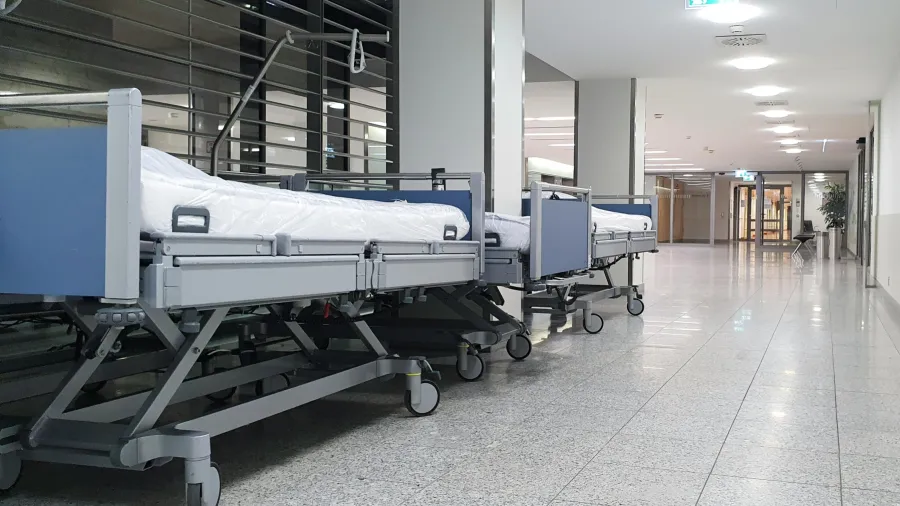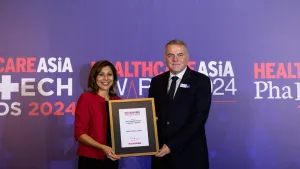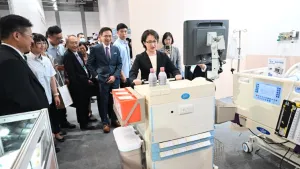
Health leaders unveil 3-Step plan to combat cardiovascular disease crisis
Heart disease and strokes account for almost one-third of deaths in SG.
Healthcare leaders have outlined a three-pronged strategy for primary and secondary prevention of cardiovascular diseases (CVD) in Singapore, which have claimed thousands of lives in the country,
The Singapore Heart Foundation (SHF), the Singapore Cardiac Society, and the Academy of Medicine, Singapore, have outlined a three-pronged strategy to address the country's cardiovascular disease (CVD) crisis.
A whitepaper from the organisations reported that heart disease and strokes collectively contribute to nearly one-third of all deaths in Singapore.
The report said the incidence of heart attacks and strokes will also rise due to Singapore's rapidly ageing population.
The Singapore Myocardial Infarction Registry reported an increase in heart attacks from 8,014 in 2011 to 12,403 in 2021, whilst the Singapore Stroke Registry indicated a rise in strokes from 6,143 episodes in 2011 to 9,680 episodes in 2021.
Amidst higher rates of treatment options, including surgical and minimally invasive procedures, the mortality rate for heart attacks has seen a decline over the past decade.
The organisations' proposed approach focuses on equipping clinicians with updated guidelines, collaborative patient education, and support for integrated care.
To ensure that patients receive optimal care, the health leaders urged equipping clinicians with the latest clinical guidelines addressing the management of five main modifiable cardiovascular (CV) risk factors: hypertension, dyslipidaemia, type 2 diabetes mellitus, obesity and smoking.
The SHF, SCS, and Chapter of Cardiologists of AMS will also spearhead a collaborative patient education on the "8 Enablers to Fight 5," highlighting eight steps to manage the five main controllable cardiovascular risk factors.
Lastly, the leaders called for support for integrated care, including access to cardiac rehabilitation in the community, improved referral processes and access to nutrition or dietary counselling and tobacco cessation, optimal use of information technology, and continued CV research that
ensure the optimal delivery of care.


















 Advertise
Advertise


